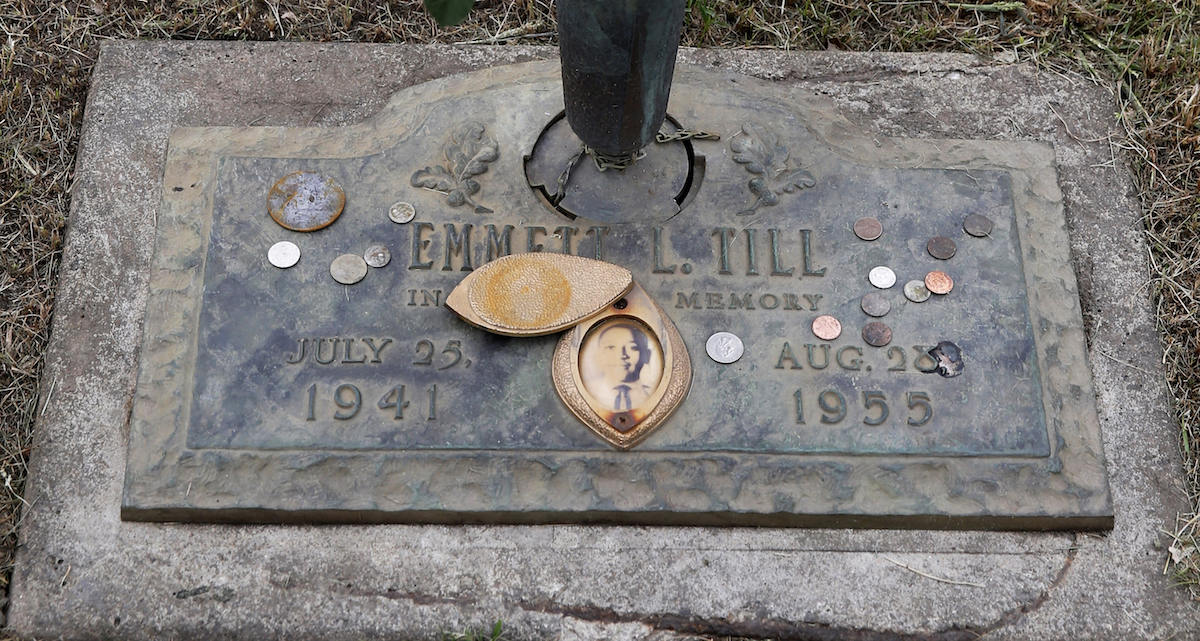Emmett Till’s Chicago home granted official landmark status

National Historic Landmarks are buildings, objects, and sites that have been determined by the Secretary of the Interior to be significant in American history and culture. Landmark status is designed to help preserve history and recognize certain sites as exceptional. Well-known examples are Mount Vernon, Pearl Harbor, the Apollo Mission Control Center, Alcatraz, and Martin Luther King’s birthplace in Atlanta, Georgia.
Now, the Chicago home of Emmett Till has been added to the list. Till was a 14-year-old Black child who was falsely accused of lewd behavior toward a Mississippi woman named Carolyn Bryant in 1955. Bryant accused Till of whistling at her and trying to grab her hand and waist, and the boy was later kidnapped, beaten, mutilated and killed. His brutal murder became a major catalyst for the civil rights movement.
After Till’s death, killers Roy Bryant, the victim’s husband, and J.W. Milam, his half-brother, were acquitted by an all-white jury. However, they confessed their guilt in Look magazine months later. And a 2017 book, “The Blood of Emmett Till,” reported that Carolyn Bryant had retracted part of her story — the part that said the boy touched her and made verbal advances.
The Chicago property where Till lived with his mother, Mamie Till-Mobley, was granted preliminary landmark status in the fall, according to USA Today. On January 27, the Chicago City Council approved the official status.
A City of Chicago press release revealed that the brick, 2,400-square-foot flat was constructed in 1895.
“Till’s mother, Mamie, held an open-casket funeral to show the world the horrifying violence her son had suffered,” the release read. “Though two men were acquitted on murder charges, Till’s death became a rallying cry for the civil rights movement. Mamie Till-Mobley continued to live in a three-bedroom apartment on the home’s second floor until 1962 while she worked to honor the legacy of her only child by devoting her life to eradicating racism and improving the quality of life for people of color.”
The Emmett Till Memory Project website offers virtual tours of key landmarks in Till’s life, including one that features his former Chicago home.






